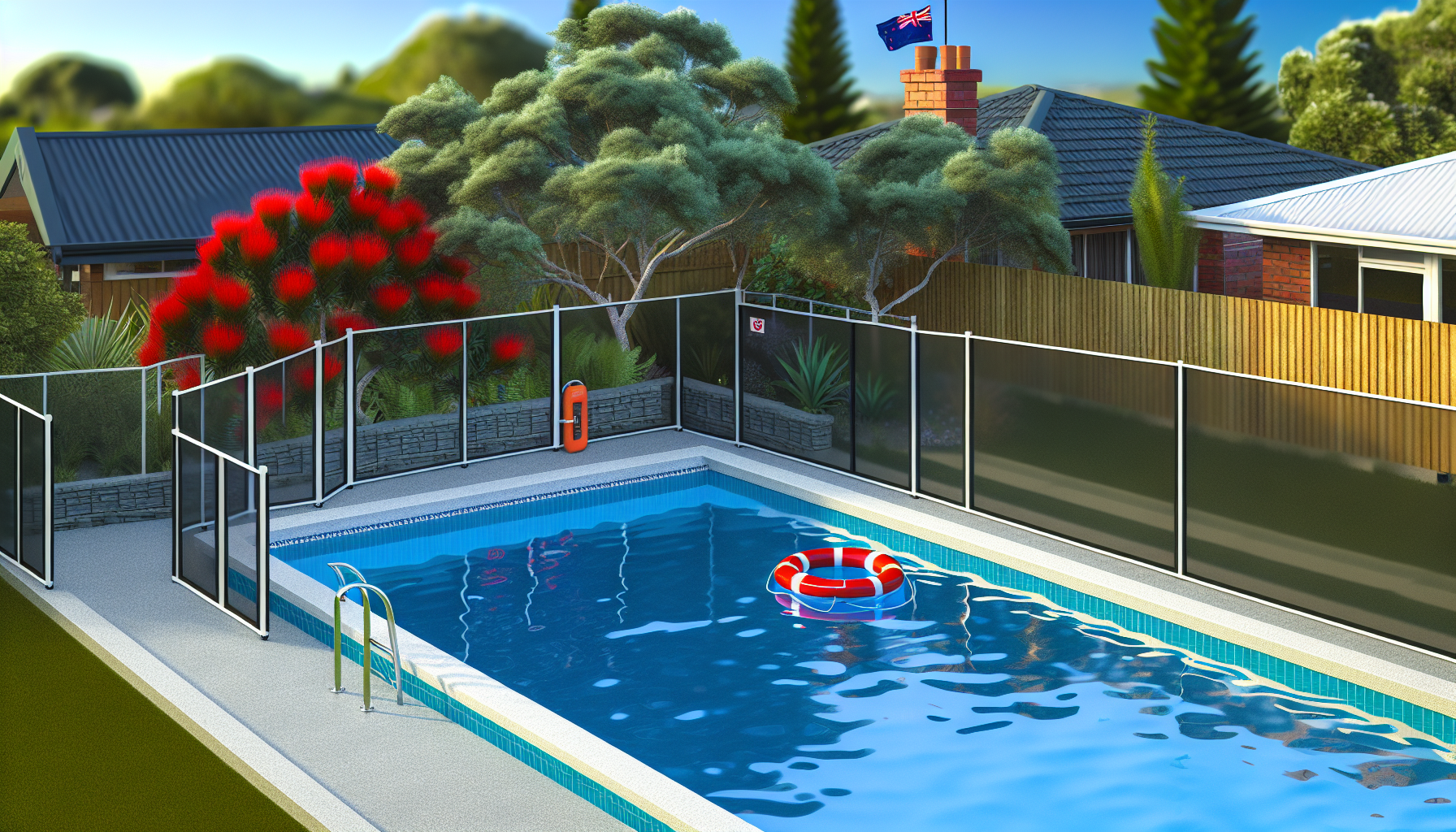Keep Your Home Pool Safe – Here’s How
Owning a pool is awesome—long summer days, BBQs, and kids splashing around. But here’s the deal: pools can also be dangerous, especially for young kids. Drowning happens fast, and it’s way too easy to underestimate the risks. If you’ve got a pool at home, it’s on you to make sure it’s as safe as possible.
Let’s break it down.
1. Fence It Off – No Exceptions
By law in New Zealand, your pool has to be fenced. Not just any fence—one that meets the Building (Pools) Amendment Act. The key points are:
- At least 1.2 metres high
- No gaps wider than 100mm
- A self-closing, self-latching gate
If you don’t already have a compliant fence, don’t wait. Check your local council’s website or head over to the New Zealand Government’s Building Performance site to make sure you’re up to code.
Oh, and never prop the gate open—not even while you’re carrying in the groceries. Kids move fast.
2. Supervise, Always
You know how when a toddler gets suspiciously quiet, something’s probably up? Same deal with water. Drowning is silent. No screaming, no splashing—just gone in seconds.
Whenever kids are in or around the pool, someone needs to be watching. Not just “kind of” watching while scrolling TikTok—actually paying attention. If you’re the designated adult on duty, stay off your phone, skip the distractions, and keep your eyes on the water.
3. Cover it Up
If you’ve got a spa pool, you’re legally required to have a cover with a compliant locking mechanism. That’s a solid habit for regular pools too. A safety cover (not just a flimsy solar cover) can help prevent accidents when the pool’s not in use.
Check out local suppliers like Para Rubber or The Cover Company NZ for pool cover options.
4. Teach Kids to Swim (But Don’t Rely on It)
Swim lessons are great, and kids should learn water survival skills as early as possible. But here’s the thing—knowing how to swim doesn’t mean they’re safe. Strong swimmers can still get into trouble, especially in deep water or if they panic.
Find your nearest Swim School—Water Safety NZ has resources on where to get lessons. But even if your child swims like a fish, supervision is non-negotiable.
5. Emergency Plan – Know What to Do
Hope you never need it, but if an emergency happens, you need to act fast. Make sure you:
✅ Know CPR – If you don’t, take a course with St John NZ or Red Cross NZ
✅ Have a phone nearby – In case you need to call 111
✅ Keep rescue equipment handy – A pool hook or flotation device can be a lifesaver
6. Watch Out for Hidden Risks
It’s not just about big backyard pools—kiddie pools, fish ponds, and even buckets of water can be dangerous for little ones. If it holds water, it’s a drowning risk. Simple fix? Empty small pools and buckets when they’re not in use.
7. Talk About Water Safety
Kids don’t always understand danger the way adults do, so set clear pool rules and stick to them.
🚩 No running near the pool
🚩 No diving in shallow water
🚩 No swimming without an adult watching
Make sure visitors know the rules too.
Final Thought
Pools are fun, but safety has to come first. Fences, supervision, covers, and education—it all matters. Take drowning prevention seriously, and you’ll keep your pool a safe and fun place for everyone.
One last thing—share this with your mates who have pools. Water safety is a team effort!


Leave a Reply